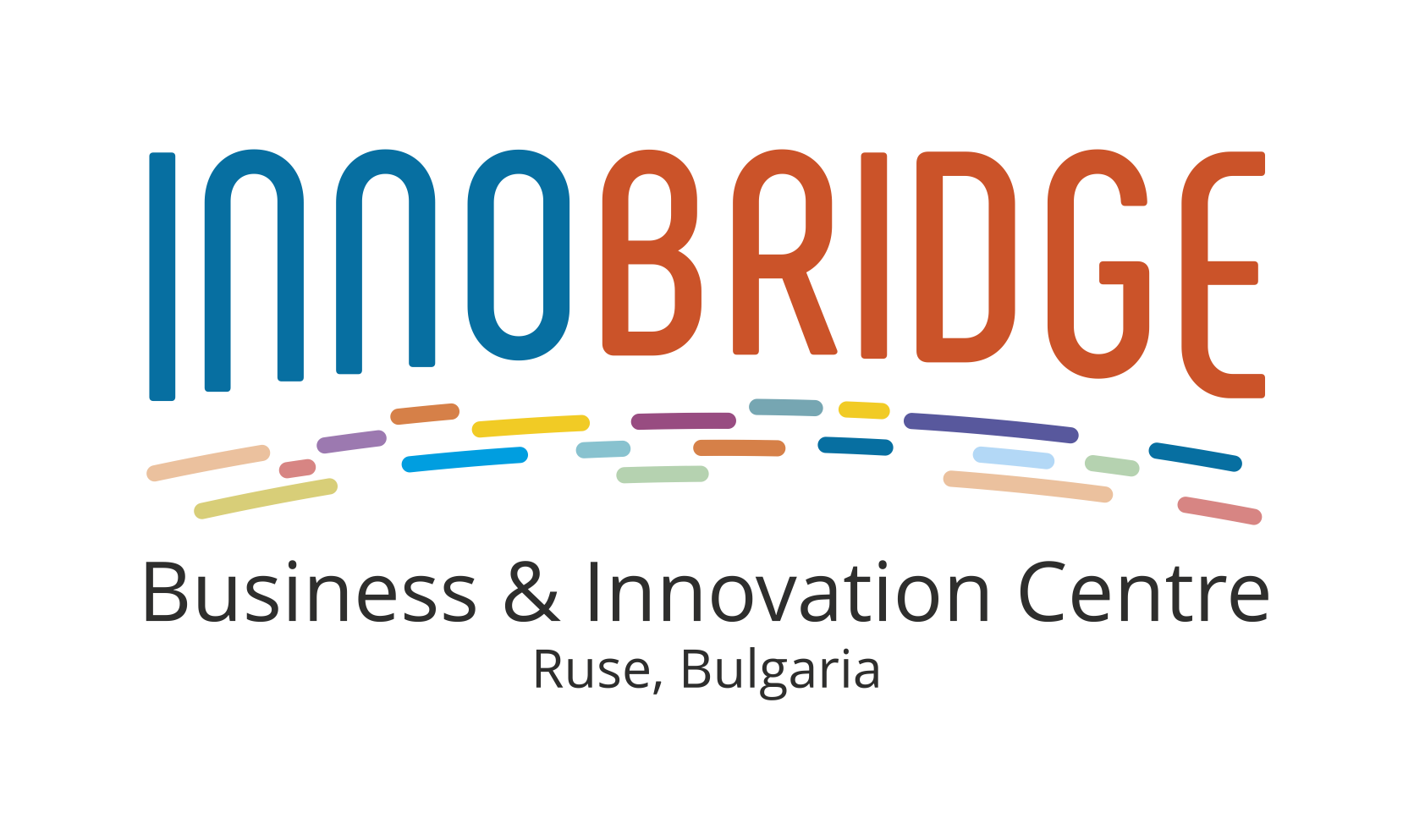The First 100 Days: Roadmap for the New IT Startup
A practical guide to structuring work and building the foundation for growth
You've registered your company, you have your first clients, and a validated idea. What's next? The first 100 days determine whether your startup will become a sustainable business or remain an eternal "side project."
According to a study by CB Insights, 701% of startups fail between the 20th month and the 5th year. The reason? Lack of structure, processes, and focus from the very beginning. In this article, we’ll give you a concrete, week-by-week action plan based on the experiences of successful tech companies.
Why exactly 100 days?
The concept of the first 100 days comes from the corporate world – that’s how much time a new CEO is given to show their direction. For startups, this period is even more critical:
- Short enough to maintain focus and energy
- Long enough to build the core processes
- Measurable period with a clear beginning and end
- Psychologically significant – creates a sense of progress and momentum
Weeks 1-2: Laying the Foundation
Day 1-3: Administrative start
Required steps:
- [ ] Open a company bank account (if you don't already have one)
- [ ] Set up basic accounting software or hire an accountant
- [ ] Create a company email domain (yourname@company.bg)
- [ ] Register with the necessary institutions (NRA, NSSI)
Tools for starting:
- Bank account: Compare the terms of different banks – fees vary significantly. Some have promotional periods, others offer small business packages.
- Accounting: Excel can be a good start, but it's better to start with professional software or hire an accountant.
- Email: Google Workspace Business Starter (from $7-8/user/month) or Microsoft 365
Day 4-7: Defining vision and goals
Answer the following questions in writing:
- Where do we want to be in 1 year?
- Revenue: a specific figure
- Team: how many people
- Product: what functionalities
- What are our 3-month goals?
- Use the OKR (Objectives and Key Results) methodology
- Example: "Let's validate the product with 10 paid customers"
- What are our values?
- Maximum 3-5 basic principles
- They will help you make difficult decisions.
Important principle: In the tech business, there is often no middle ground – you either grow fast or risk falling behind the competition. This is especially true for the Bulgarian market, where resources are limited.
Day 8-14: Legal and financial framework
Documents for preparation:
- [ ] Client Agreement Template (in Bulgarian and English)
- [ ] Terms of Service
- [ ] Privacy Policy
- [ ] Invoice template
Financial planning:
- [ ] Cash flow table for the next 6 months
- [ ] Separate business and personal expenses
- [ ] Determine a minimum monthly burn rate (how much you spend)
Weeks 3-4: Building Product Processes
Technology stack and infrastructure
Minimum set of tools:
For development:
- Code: GitHub/GitLab (free for small teams)
- CI/CD: GitHub Actions or GitLab CI (included)
- Hosting: Start with Vercel/Netlify (free) or a small VPS (20-40 BGN/month)
For communication:
- Chat: Slack (free up to 10,000 messages) or Discord
- Video: Google Meet (free) or Zoom (15 euros/month)
- Documentation: Notion (free for personal use) or Confluence
For project management:
- Tasks: Trello, Asana, or Linear (free versions)
- Time: Toggl or Clockify for time tracking
Development process
Weekly rhythm (recommended):
- Monday: Planning the week (1-2 hours)
- Tuesday-Thursday: Focused development
- Friday: Demo, retrospective, preparation for next week
Versions and implementation:
- Use semantic versioning (v1.0.0)
- Automate the deployment process from day 1
- Back up everything important
Weeks 5-8: Sales and Marketing
Week 5-6: Defining a sales process
Create a simple CRM (maybe in Excel to start):
- Company/Contact Name
- Date of first contact
- Status (lead, demo, negotiation, closed deal)
- Transaction value
- Next step
Define a sales process:
- First contact – how do you reach customers?
- Qualification – is the client suitable?
- Demonstration – how do you display the product?
- Offer – what does the proposal include?
- Finalization – how do you close the deal?
Week 7-8: Marketing Fundamentals
Minimum online presence:
- [ ] Simple web page (can be single page)
- [ ] LinkedIn company page
- [ ] Google My Business profile (for local SEO)
Content marketing start:
- Write 1 blog article per week
- Share on LinkedIn and relevant Facebook groups
- Document your progress publicly
Good practice: Many successful companies have started by individually servicing their first customers before automating processes. This helps to understand the true needs of users.
Weeks 9-12: Team and Culture
When to hire the first person?
Signals that it's time:
- You are turning away customers due to lack of capacity
- Founders work 60+ hours a week for over a month
- You have guaranteed income for at least 6 months ahead
Where to find people?
For technical positions:
- DEV.BG Jobs – the largest technical job platform
- University career centers
- Internship programs (paid!)
- Recommendations from your network
For business positions:
- Jobs.bg for more mainstream positions
- LinkedIn for professionals
- Facebook groups by industry
Hiring process (simplified)
Step 1: Initial conversation (30 minutes)
- Telephone or video interview
- Basic questions about experience and motivation
- Explanation of the position
Step 2: Technical task (for home)
- A real task from your job
- No more than 2-4 hours of work
- Pay for time (important!)
Step 3: Final interview (1-2 hours)
- With all the co-founders
- Cultural fit
- Discussing terms
Drawing up the first employment contract
Key elements:
- Probationary period (up to 6 months under the Labor Code)
- Clear description of duties
- Confidentiality clause
- Termination conditions
Practical advice: Use a standard employment contract that complies with legal requirements and adapt it. Don't complicate it with too many clauses at the beginning.
Weeks 13-14: Measurement and Optimization
Key metrics to track
Financial:
- MRR (Monthly recurring revenue)
- Capital burn rate – how much do you spend monthly
- Remaining period – how many months does your money last?
Product:
- Active users (daily/weekly/monthly)
- Bounce rate – how many customers are you losing
- NPS (Net recommender score) – readiness to recommend
For sale:
- Conversion rate – from potential client to real one
- Sales cycle – time to close a deal
- CAC (Customer Acquisition Cost)
Weekly control panel
Create a simple dashboard (maybe in Google Sheets) with:
- This week's earnings
- New customers
- Lost customers
- Basic expenses
- Cash flow
Action plan: 100-day checklist
Days 1-30: Basics
- [ ] Administrative setting
- [ ] Vision and goals documented
- [ ] Legal documents ready
- [ ] Basic tools implemented
- [ ] First 3 customers served
Days 31-60: Processes
- [ ] Sales process defined
- [ ] Marketing plan created
- [ ] Weekly rhythm established
- [ ] CRM system works
- [ ] 10 clients in negotiation process
Days 61-90: Growth
- [ ] First employee hired (if needed)
- [ ] Automation of key processes
- [ ] Monthly income doubled
- [ ] Partnerships initiated
- [ ] Customer feedback – established process
Days 91-100: Assessment and Planning
- [ ] Retrospection of the period
- [ ] Plan for the next 100 days
- [ ] Financial plan updated
- [ ] Team roles clarified
- [ ] Celebrating the achievement! 🎉
Common mistakes in the first 100 days
Mistake 1: Too much functionality, too fast
Solution: Focus on one core functionality. Better one thing perfect than ten mediocre ones.
Mistake 2: Postponing unpleasant conversations
Solution: If a client doesn't pay, a co-founder isn't working, or the product isn't working – address it immediately.
Mistake 3: Founder Burnout
Solution: Define “non-working” hours. Taking breaks is part of productivity.
Mistake 4: Perfectionism instead of iteration
Solution: Release fast, improve even faster. Release version 0.1 and improve it gradually.
Mistake 5: Everyone does everything
Solution: Divide responsibilities clearly. One person is responsible for product, another for sales.
Stories from the field
Payhawk: From idea to first client in 5 days
Hristo Borisov and Boyko Karadjov built a working MVP for managing company expenses in 5 days. Their first client was a sole proprietorship from Belgium, found online. Today, they manage billions in transactions.
Gtmhub (now Quantive): Focus on a global market from day 1
Instead of focusing on the small Bulgarian market, they immediately targeted international clients. Result: $120M Series C funding from Index Ventures.
SiteGround: Growth without external funding
Started in a student dorm in 2004, with no outside investment. Focused on quality support from day one. Today: 2+ million domains, 500+ employees.
Resources for the first 100 days
Free tools for startups:
- GitHub Student/Startup Pack – $100k+ free services
- Microsoft for Startups – Azure credits and software
- Google for Startups – Cloud credits and mentors
- AWS Activate – up to $100k credits
Bulgarian support programs:
- Innovation Capital – initial financing
- Eleven Ventures – €100k for 13% share
- LAUNCHub – accelerator and funding
- BESCO – a network for contacts and advocacy
International resources:
- Y Combinator Startup School – free online course
- First Round Review – advice from leading investors
- Paul Graham Essays – required reading
- Stratechery – business strategy for the technology sector
What comes after the 100 days?
If you have followed the plan, after 100 days you will have:
- A working product with paying customers
- Core processes and systems
- A clear vision for the next steps
- Data on what works and what doesn't
- Growth momentum
The next challenges:
- Team Scaling (3-10 people)
- Finalizing product-market fit
- First external financing (if needed)
- International expansion
- Building a company culture
Proven principles
Successful entrepreneurs share common principles that are proven time and time again in practice. They take action before they are fully ready, understanding that the perfect moment rarely comes. Rather than waiting for ideal conditions, they take the first steps and adjust course along the way.
Customer focus is another key element – listening to the real needs of the people who use the product or service is often more important than analyzing competitors. Real breakthroughs come from understanding customer problems, not from copying other people's solutions.
Finally, being willing to release an imperfect first version allows them to get valuable feedback early in the process. This saves them from months of work in the wrong direction and focuses them on what really matters to the market.
These principles are often shared in the entrepreneurial community and have proven their value in practice.
Remember: The first 100 days don't determine the fate of your company, but they do set the direction. Use them wisely - build a foundation, create momentum, and most importantly - learn to adapt quickly.
Good luck! And remember – every great company started with a day one. Yours starts now.
This is the third article in the series "Practical Guide for IT Entrepreneurs" by BIC Innobridge. Next week: "Working with International Clients from Bulgaria: Legal and Accounting Aspects"
💡 Special offer: BIC Innobridge offers a mentoring program for startups in the first 100 days. Contact for details.
For contact:
BIC Innobridge
tel: +359 (0)82 825 875
email: info@innobridge.org
Note: The publication was prepared with the help of generative artificial intelligence, which assisted in structuring and formulating the content. The final text is the result of the expert contribution of the author, which guarantees its accuracy and practical focus.







